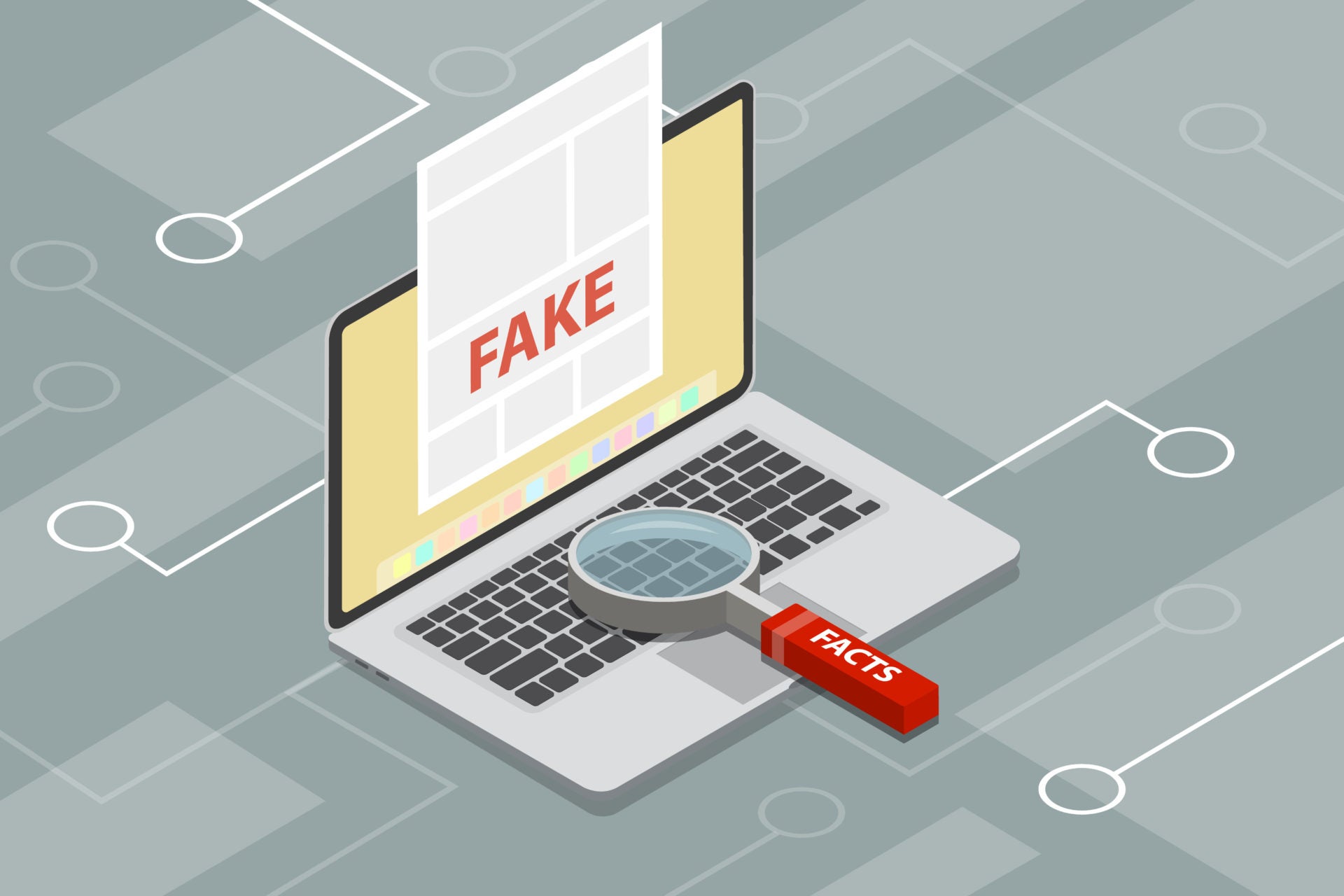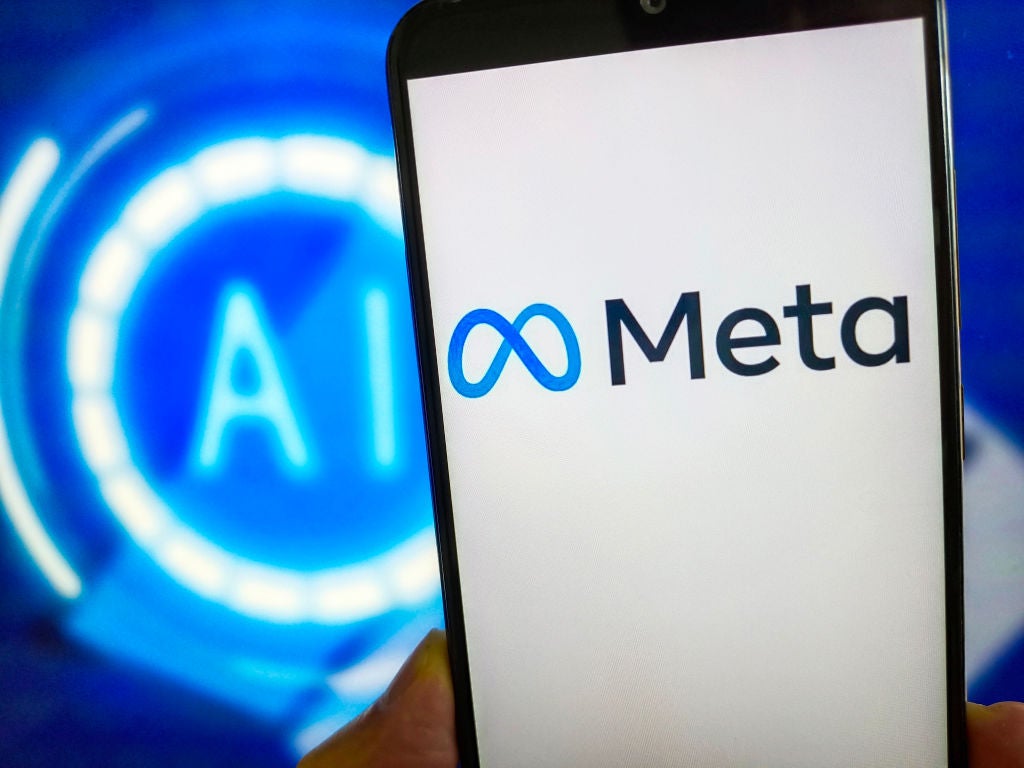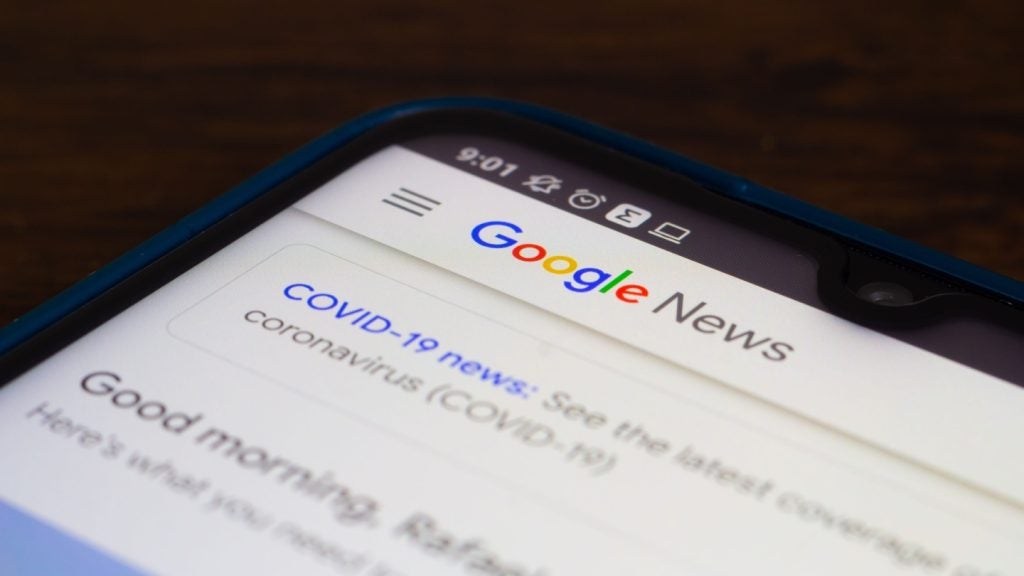
With a study published in Science last year revealing that false stories are 70% more likely to be retweeted on Twitter than true ones, fake news, and its rapid distribution via social media, is an ever-growing problem for news outlets.
After being widely criticised for their role in the spread of fake news, some social media outlets are looking for solutions to tackle the problem. However, current methods for fighting misinformation have not been very effective.
Solutions such as partnering with fact-checkers isn’t scalable because they can’t keep up with the rapid creation of false stories (although some companies are trialing the use of AI for this purpose) and putting warnings on content found to be false can be counterproductive, because it makes misleading stories that didn’t get checked seem more accurate.
Researchers are therefore looking to another solution: the readers themselves. A recent study by MIT Sloan School of Management Professor David Rand and Professor Gordon Pennycook of the University of Regina aimed to find out whether crowdsourcing, enlisting the services of a large number of people typically via the internet, could be a solution to spotting fake news.
How crowdsourcing helps combat fake news
In the study, researchers tried to find our whether crowdsourcing could be a viable way of judging whether a news source is reliable. They asked people across different ages, genders, ethnicities and political affiliations to rate news sources based on familiarity and trust across three categories: mainstream media outlets, hyper-partisan websites and websites that produce blatantly false content (“fake news”). They also asked professional fact-checkers the same questions to compare responses.
They found that those surveyed trust reputable news outlets more than those that create misinformation. The trust ratings of those surveyed closely matched the trust ratings of professional fact-checkers, suggesting that people are much better at identifying a reliable source than expected.
How well do you really know your competitors?
Access the most comprehensive Company Profiles on the market, powered by GlobalData. Save hours of research. Gain competitive edge.

Thank you!
Your download email will arrive shortly
Not ready to buy yet? Download a free sample
We are confident about the unique quality of our Company Profiles. However, we want you to make the most beneficial decision for your business, so we offer a free sample that you can download by submitting the below form
By GlobalDataIt also revealed that people overwhelmingly distrust news outlets that they are not familiar with, but for those they know, their trust depends on what content the outlet produces.
This means that getting a large group to determine whether a news source is credible or not could be a way of tackling misinformation. For example, asking users to complete a survey on how much they trust news outlets could be a way for social media platforms to decide what content to promote.
Rand believes that the results of the study are encouraging:
“There has been a lot of research examining fake news and how it spreads, but this study is among the first to suggest a potential long-term solution, which is cause for measured optimism. If we can decrease the amount of misinformation spreading on social media, we can increase agreement on basic facts across political parties, which will hopefully lead to less political polarisation and a greater ability to compromise on how to run the country. It may also make it harder for individuals to win elections based on false claims.”
Although political bias is unavoidable when it comes to making judgements such as this, Rand explains that those from both ends of the political spectrum shared some common views:
“Although there were clear partisan differences, with Republicans distrusting all mainstream outlets (except for Fox News) relative to Democrats, there was a remarkable consensus regarding non-mainstream outlets being untrustworthy.”







